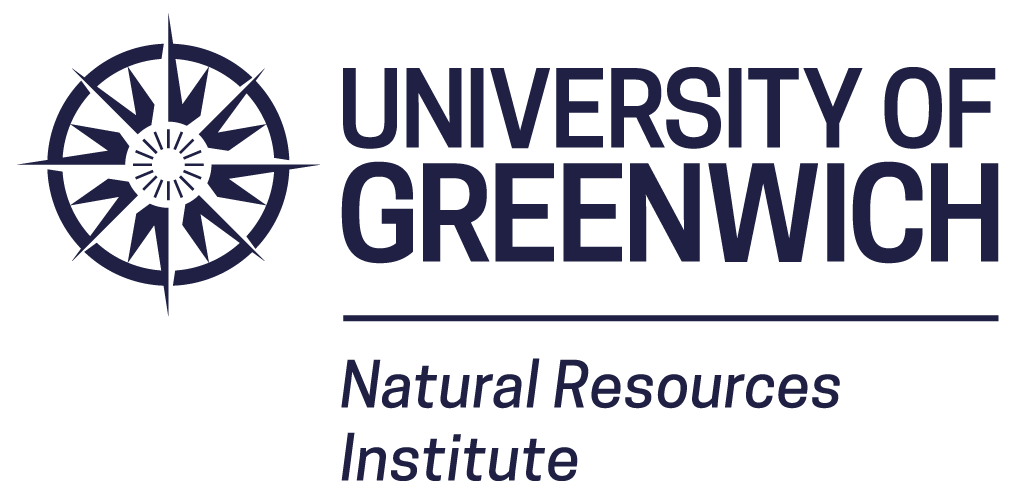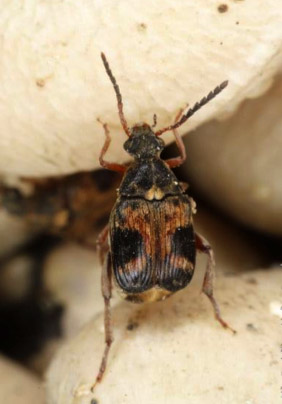Biodiversity and associated indigenous knowledge around the world are eroding fast. The NRI project 'African Dryland Alliance for Pesticidal Plant Technologies' (ADAPPT) aims to bring together indigenous and scientific expertise to retain this knowledge and optimise the way farmers use plants for pest management.
The overall objective of ADAPPT is to strengthen the scientific and technological capacity of African nations to optimally and sustainably exploit plants for pest management and promote their use for development leading to food security, improved livelihoods and poverty alleviation. The project has established a network of scientists and agricultural technicians from several different disciplines and from several different countries across Africa and the UK.
A recent study undertaken as part of this projects collaborative program of research was published in October 2012. Led by Steve Belmain and Philip Stevenson of NRI, it examines the pesticidal properties of the plant Tephrosia vogelii, which has been used for generations as a pest control material across sub-Saharan Africa, as well as for enriching the soil.
To smallholder farmers, Tephrosia vogelii is an affordable and easily available naturally growing insecticide against many insect pests and is particularly effective against bruchid beetles that destroy stored beans and cowpeas. However, farmers report variable efficacy as an insecticide and research was conducted to find out why.
Previous research by Stevenson and Belmain showed that the plant species occurs as two distinct chemotypes, one that produces insecticidal chemicals called rotenoids, and one that does not. Their latest research shows that these chemical differences explain the variable efficacy observed by farmers. The chemotype that contains rotenoids is highly effective in controlling bruchid pests, whilst the other chemotype is ineffective.
The report also shows that different rotenoid compounds have differing levels of efficacy, and the amount of each compound present in the leaves of Tephrosia vogelii displays substantial seasonal variation. This information can be used to more effectively advise farmers using Tephrosia and ensure farmers obtain better quality and more reliable pest management.
As part of the ADAPPT project's closing phase an international conference on pesticidal plants will be held from 21-24 January 2013 hosted by the International Centre for Insect Physiology and Ecology (ICIPE) in Kenya. Details, including how to register, may be found here, the deadline for abstract submissions is October 31st 2012.
The four day conference will comprise of a program of events and scientific-themed sessions around the sustainable use of plants in pest management for food security, health and livelihoods with a focus on Africa.
Stevenson, Philip C., Kite, Geoffrey C., Lewis, Gwilym P., Forest, Félix, Nyirenda, Stephen P., Belmain, Steven R., Sileshi, Gudeta W. and Veitch, Nigel C. (2012). Distinct chemotypes of Tephrosia vogelii and implications for their use in pest control and soil enrichment. Phytochemistry, 78. pp. 135-146. http://www.sciencedirect.com/science/article/pii/S0031942212001057
Belmain, Steven R., Amoah, Barbara A., Nyirenda, Stephen P., Kamanula, John F. and Stevenson, Philip C. (2012). Highly Variable Insect Control Efficacy of Tephrosia vogelii Chemotypes. Journal of Agricultural and Food Chemistry, 60. pp. 10055-10063. http://pubs.acs.org/doi/abs/10.1021/jf3032217


